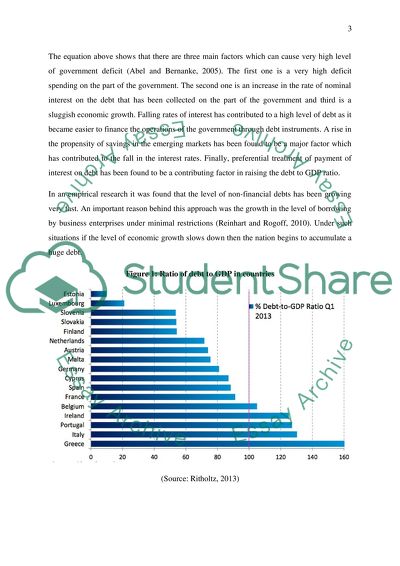Cite this document
(“Debt sustainability and Fiscal Councils Essay Example | Topics and Well Written Essays - 2500 words”, n.d.)
Retrieved from https://studentshare.org/macro-microeconomics/1674522-debt-sustainability-and-fiscal-councils
Retrieved from https://studentshare.org/macro-microeconomics/1674522-debt-sustainability-and-fiscal-councils
(Debt Sustainability and Fiscal Councils Essay Example | Topics and Well Written Essays - 2500 Words)
https://studentshare.org/macro-microeconomics/1674522-debt-sustainability-and-fiscal-councils.
https://studentshare.org/macro-microeconomics/1674522-debt-sustainability-and-fiscal-councils.
“Debt Sustainability and Fiscal Councils Essay Example | Topics and Well Written Essays - 2500 Words”, n.d. https://studentshare.org/macro-microeconomics/1674522-debt-sustainability-and-fiscal-councils.


